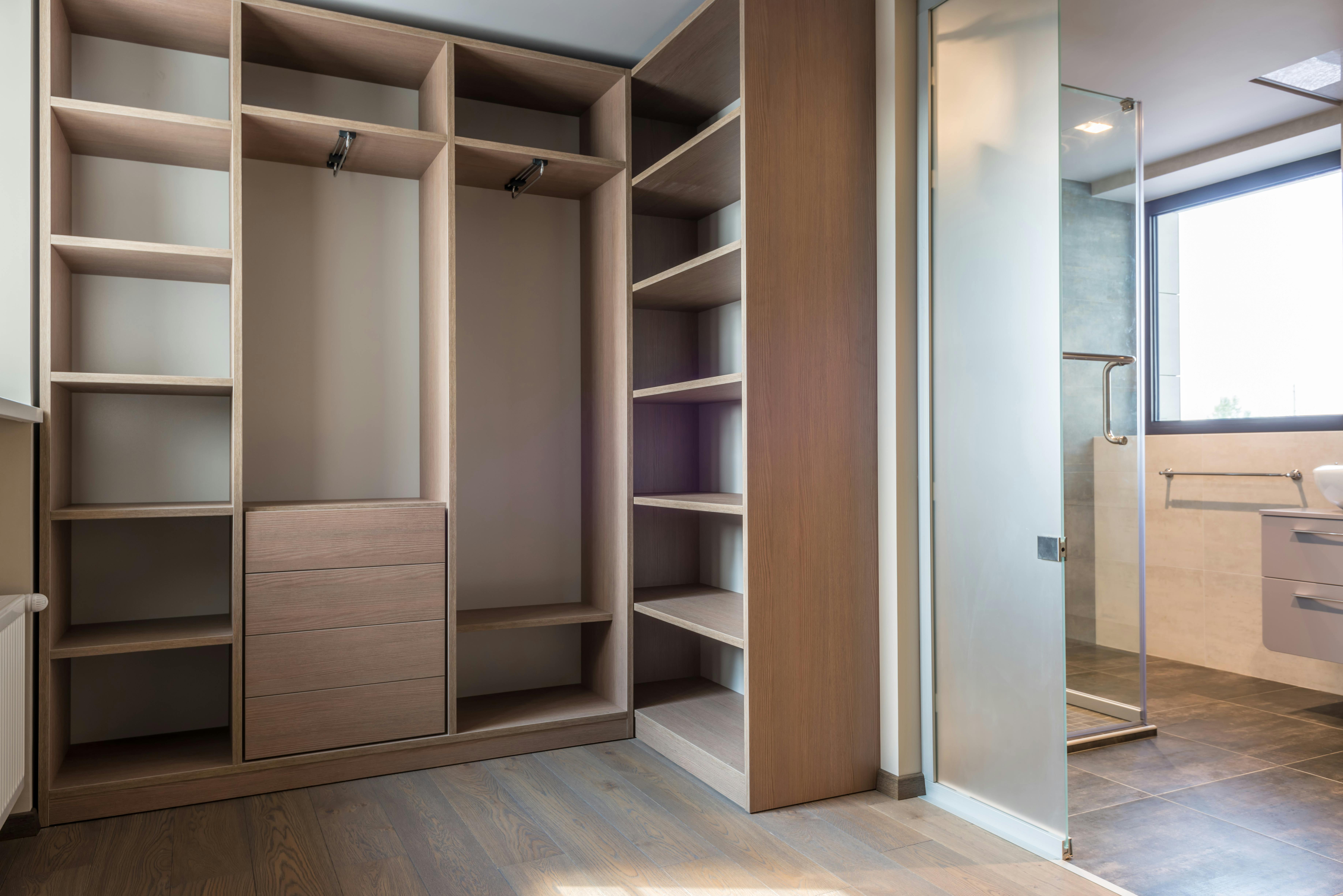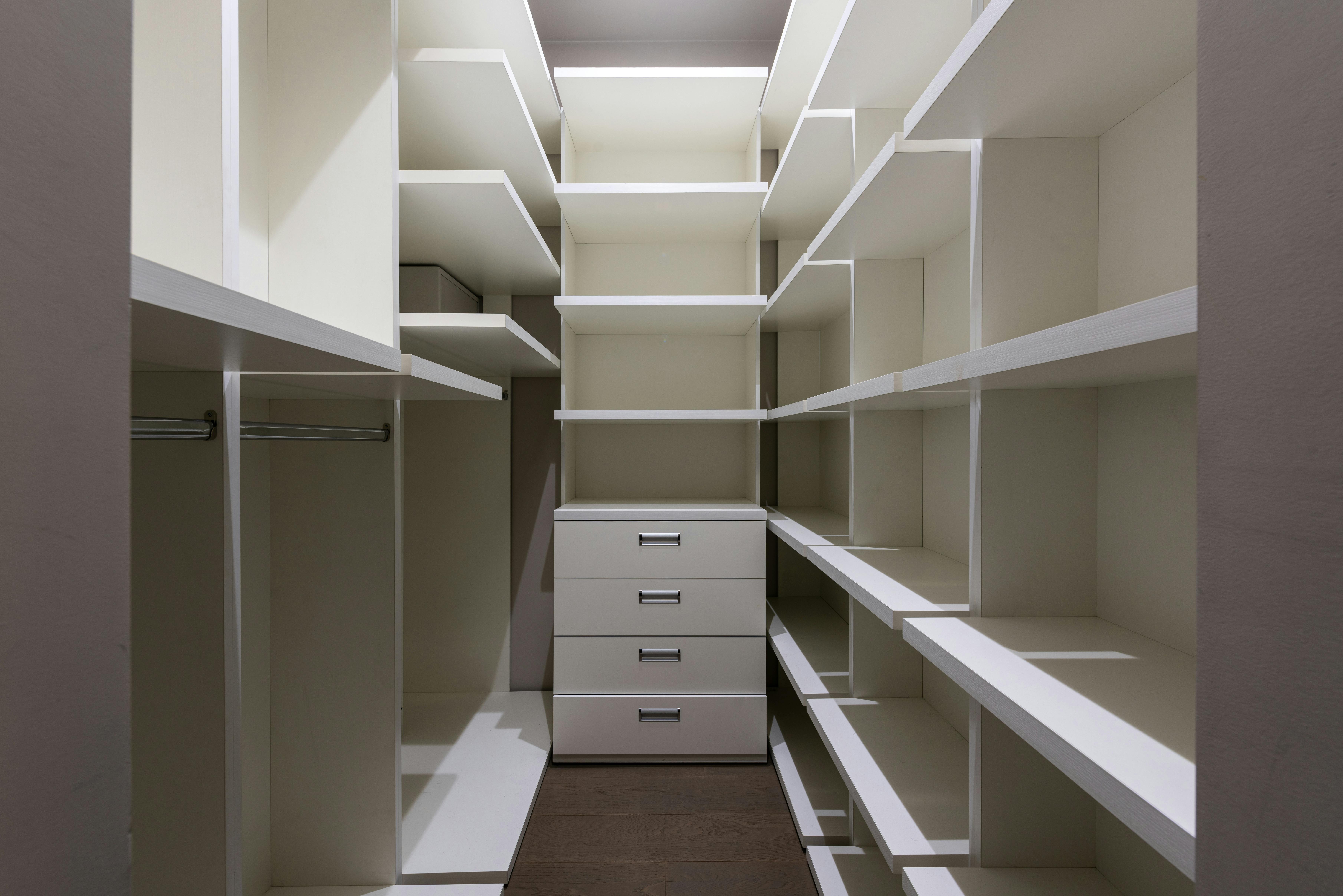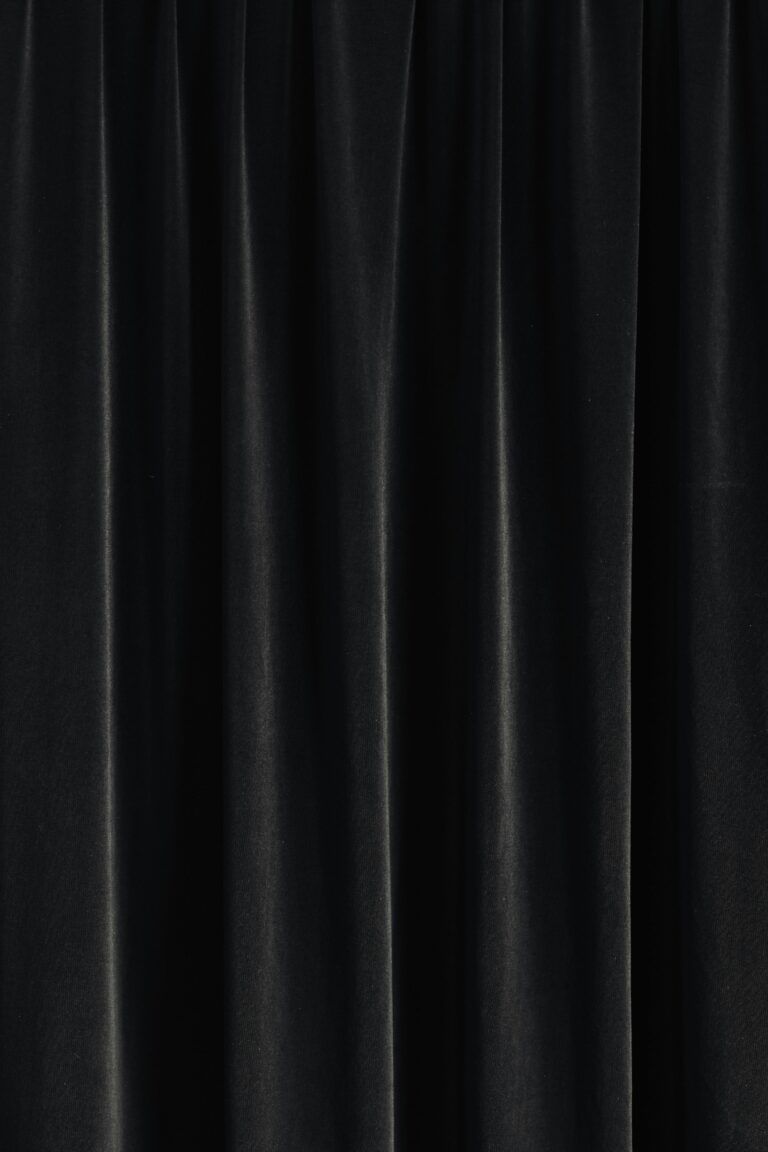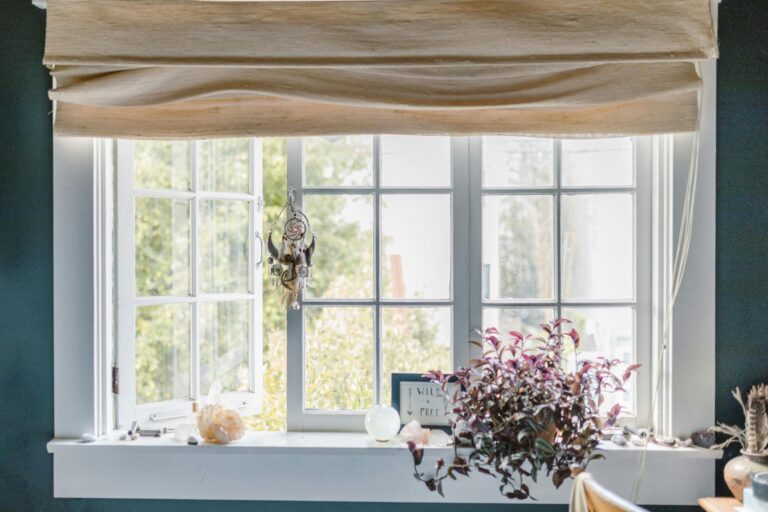The modern luxury home has evolved beyond grand living spaces and statement kitchens. Today’s discerning homeowners recognize that true opulence lies in the details of daily rituals, particularly in the intimate spaces where they begin and end each day. Your walk-in closet or dressing room represents more than storage—it’s a personal sanctuary that sets the tone for how you present yourself to the world.
Yet most homeowners settle for cramped, poorly organized spaces that create stress rather than serenity. The difference between a functional closet and a transformative dressing sanctuary lies in understanding how visionary designers approach these intimate spaces. They don’t simply install shelving; they craft environments that elevate your daily routine into a luxurious experience.
In 2025, the most sophisticated homes feature dressing rooms that rival high-end boutiques, complete with custom storage solutions, integrated technology, and carefully curated lighting. Let’s explore how today’s most innovative designers are creating these personal retreats and what makes them truly exceptional.
The psychology behind boutique-inspired personal spaces
Walking into a luxury boutique triggers specific psychological responses—anticipation, inspiration, and a heightened sense of possibility. Visionary designers have decoded these emotional triggers and strategically implement them in private dressing spaces. The key lies in understanding that your closet serves as both a functional space and a daily confidence booster.
Research from the American Psychological Association reveals that organized, aesthetically pleasing environments reduce cortisol levels by up to 37%. When you step into a beautifully designed dressing room each morning, you’re not just choosing clothes—you’re setting a positive neurological pattern for your entire day.
The most successful dressing room transformations create what designers call “retail therapy environments.” This concept involves carefully orchestrating sight lines, material choices, and spatial flow to mirror the best aspects of luxury shopping experiences. Unlike public retail spaces, however, these personal sanctuaries can be tailored specifically to your preferences, lifestyle, and aesthetic sensibilities.
Expert designers focus on three core psychological principles: visual hierarchy, tactile satisfaction, and emotional anchoring. Visual hierarchy ensures your eye naturally flows through the space in a pleasing pattern. Tactile satisfaction comes from carefully selected materials that feel luxurious to touch. Emotional anchoring creates specific areas within the space that evoke positive memories or aspirations.
Custom storage solutions that transcend traditional organization
The foundation of any exceptional dressing room lies in its storage architecture. In 2025, custom storage solutions have evolved far beyond basic shelving and hanging rods. Today’s most innovative systems adapt to your specific wardrobe needs while maintaining the visual elegance of a high-end boutique.

This Photo was taken by Max Vakhtbovycn.
Leading designers now employ modular storage systems that can be reconfigured as wardrobes evolve. These systems incorporate specialized compartments for watches, jewelry, shoes, and seasonal items. The key innovation lies in creating storage that’s as beautiful as it is functional—each compartment becomes a display case for your carefully curated items.
According to data from the National Association of Home Builders, luxury homes built in 2024 featured an average of 40% more custom storage solutions compared to 2020. This trend reflects growing recognition that personalized organization systems significantly impact daily life quality.
| Storage Element | Traditional Approach | 2025 Innovation | Benefit |
|---|---|---|---|
| Shoe Storage | Basic shelving | Climate-controlled cubbies with LED spotlights | Preserves leather, creates display effect |
| Jewelry Organization | Drawer inserts | Integrated safe with velvet-lined automated drawers | Security plus boutique presentation |
| Seasonal Items | High shelf storage | Hydraulic lift systems with cedar lining | Easy access, natural preservation |
| Handbag Display | Shelf placement | Acrylic display pedestals with integrated charging | Museum-quality presentation |
The most sophisticated storage solutions integrate seamlessly with home automation systems. Motorized tie racks, automated shoe carousels, and programmable lighting systems respond to your daily routines. Some systems even incorporate AI-powered wardrobe management that tracks wearing frequency and suggests combinations based on weather and calendar appointments.
Specialized storage for luxury items
High-end wardrobes require specialized care and storage. Visionary designers create microclimates within dressing rooms to preserve delicate fabrics, leather goods, and precious accessories. Climate-controlled sections maintain optimal temperature and humidity levels for different material types.
Fur storage areas maintain consistent 45-degree temperatures with circulating air systems. Watch collections require dust-free environments with automatic winding mechanisms. Vintage handbag collections benefit from museum-quality UV protection and acid-free storage materials.
These specialized zones don’t compromise the space’s overall aesthetic. Instead, they’re seamlessly integrated into the room’s design narrative, often becoming focal points that showcase prized possessions while ensuring their longevity.
Material selection that defines luxury experiences
The materials you choose for your dressing room directly impact both its visual appeal and functional performance. In 2025, the most successful transformations blend traditional luxury materials with innovative new options that offer superior durability and maintenance characteristics.
Natural stone surfaces, particularly Calacatta marble and book-matched quartzite, continue to define high-end dressing rooms. However, today’s applications go beyond traditional countertops. Designers now create full-height stone feature walls that serve as dramatic backdrops for jewelry displays or seating areas.
Wood selection has evolved toward sustainably sourced exotic species with unique grain patterns. Brazilian rosewood alternatives and reclaimed teak create warmth while maintaining environmental consciousness. These woods are often treated with nano-coatings that resist moisture and staining while preserving their natural beauty.
Metallic accents play crucial roles in creating boutique-style environments. Brushed brass and champagne bronze have largely replaced traditional chrome and nickel finishes. These warmer metals complement both traditional and contemporary design schemes while adding subtle glamour to hardware and fixtures.
Innovative fabric and textile integration
Textile selection in luxury dressing rooms extends beyond simple upholstery choices. Designers now incorporate performance fabrics that maintain their appearance despite daily use. Crypton fabrics and solution-dyed acrylics offer stain resistance without sacrificing luxury appearance or tactile quality.
Wall coverings have evolved to include hand-painted silks, grass cloth, and even custom-designed wallpapers that incorporate metallic threads. These surfaces add textural interest while maintaining the sophisticated atmosphere essential to boutique-inspired spaces.
As highlighted in our exploration of tactile luxury in home design, the sensory experience of materials significantly impacts how spaces feel and function in daily use.
Lighting design that creates ambiance and functionality
Lighting transforms functional dressing spaces into inspiring personal sanctuaries. The most successful dressing room transformations employ layered lighting strategies that provide both practical illumination and emotional ambiance. Understanding how light affects both task performance and mood is essential to creating truly exceptional spaces.



